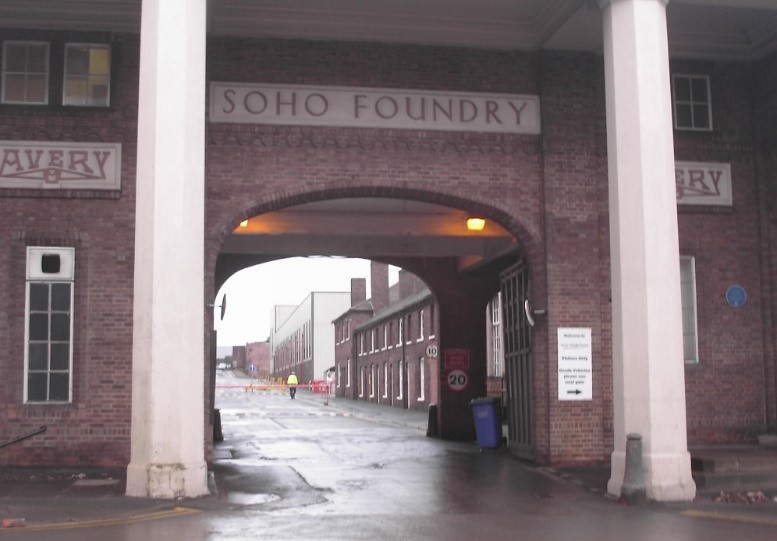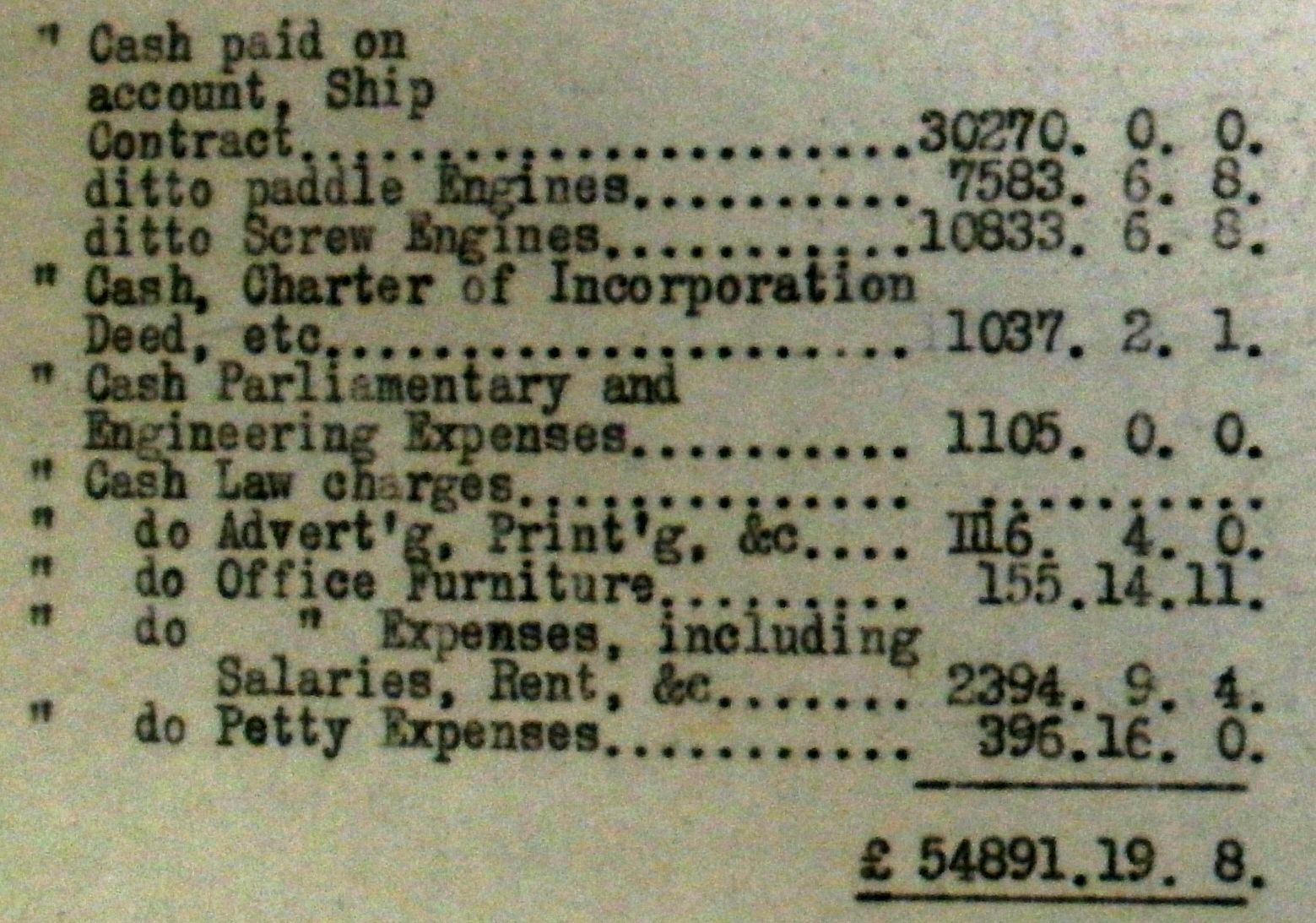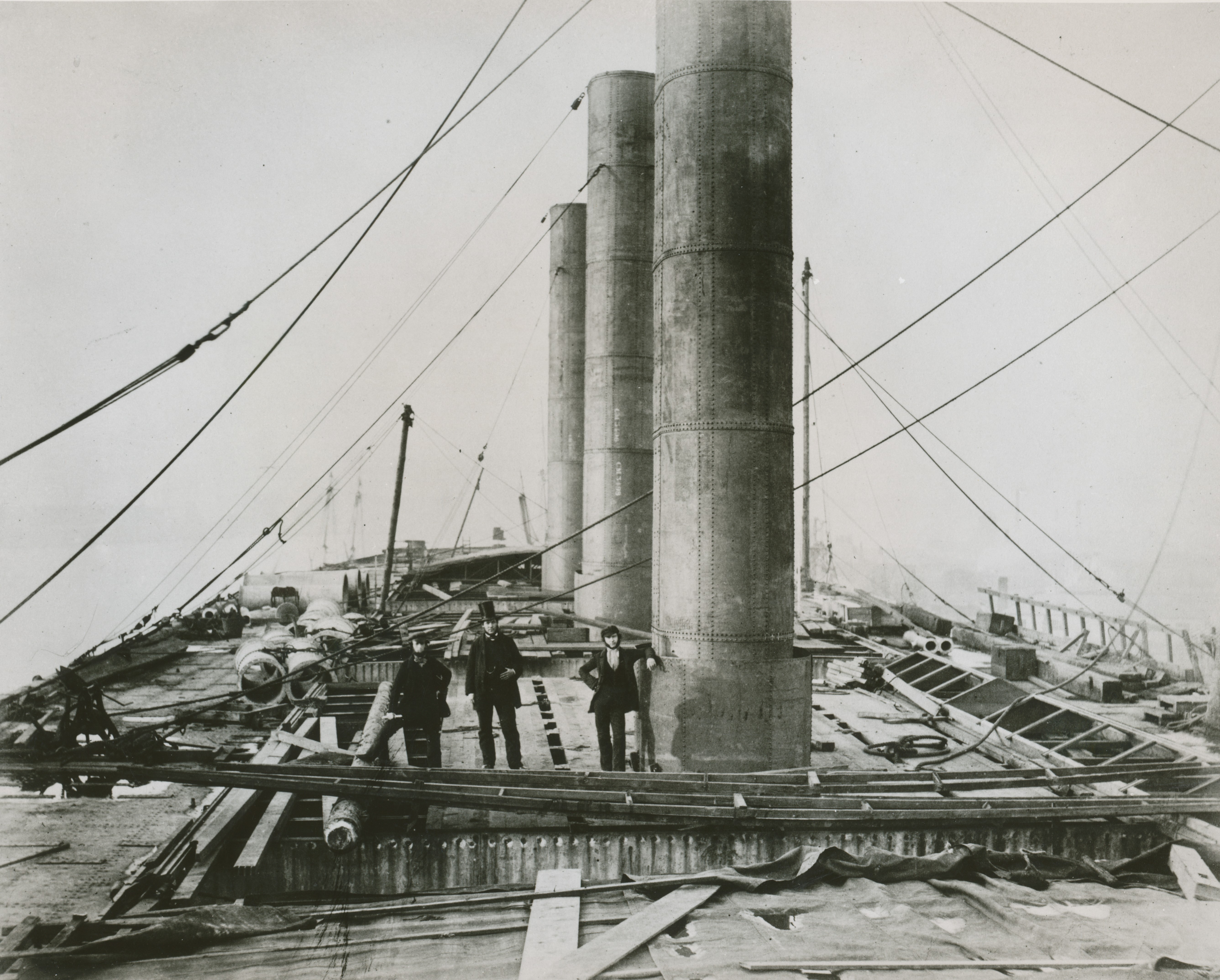Graham Jennings is on the trail of the engineers who turned Isambard Kingdom Brunel’s ideas into reality.
I was in the Boy Scouts and in 1962 we travelled from my home in Birmingham by coach along the A38 to a camp site in the West Country. It was in the days before motorways and our route took us through the Avon Gorge, Bristol. I remember looking up through the yellow tinted skylight of the coach and seeing the Clifton Suspension Bridge. To a twelve-year-old schoolboy the bridge seemed to be in outer space it was at such a height. All I knew was that this was Isambard Kingdom Brunel’s bridge and I was completely smitten.
After many years of research I now realise that I was using Brunel as a focal point. More interesting, by far, are the lives of the mechanical engineers who turned Brunel’s concepts into reality. Brunel cajoled these engineers into building machinery ahead of its time. We would now say Brunel made them operate outside their comfort zone.

One such engineer was Henry Wollaston Blake. He was a director at Boulton and Watt, later James Watt & Co., whose works, Soho Foundry, were at Smethwick near Birmingham. Blake was based in London and frequented the same social circles as Brunel. Soho Foundry started supplying Brunel in 1845 when they made pumping engines for the waterworks in Clifton, Bristol. They then supplied stationary engines for the ill-fated South Devon Atmospheric Railway, later supplying wrought iron bridges for the Gloucester and Dean Forest Railway. Brunel considered Blake so much a confidant that in 1848 he even asked Blake if he would consider financing the finishing of the Clifton Suspension Bridge. The bridge remained unfinished when Brunel died in September 1859.

The last project on which the pair collaborated was the SS Great Eastern which had been conceived by Brunel in 1851. At that time, the ship’s screw engines were the largest ever built. Blake assisted Brunel in their design. The enormity of the task of manufacturing and delivering the screw engines and boilers is summed up in a letter from Gilbert Hamilton, Soho Works Director, to Henry Wollaston Blake. He wrote; ‘Have you considered how all these things, and the boilers and screw are to be carried as most of them will exceed carts’ and horses’ limits of 12 ½ or at most 15 tons? The boilers will weigh 18 ½ tons’.
When Brunel was ill in the summer of 1859, just prior to the SS Great Eastern’s maiden voyage, Blake was responsible for getting Soho Foundry to manufacture many of the outstanding items that were required to complete the ship. Therefore, letters mentioning Blake in the Hollingworth Collection are crucial in explaining the important role he played in the construction of the SS Great Eastern.
